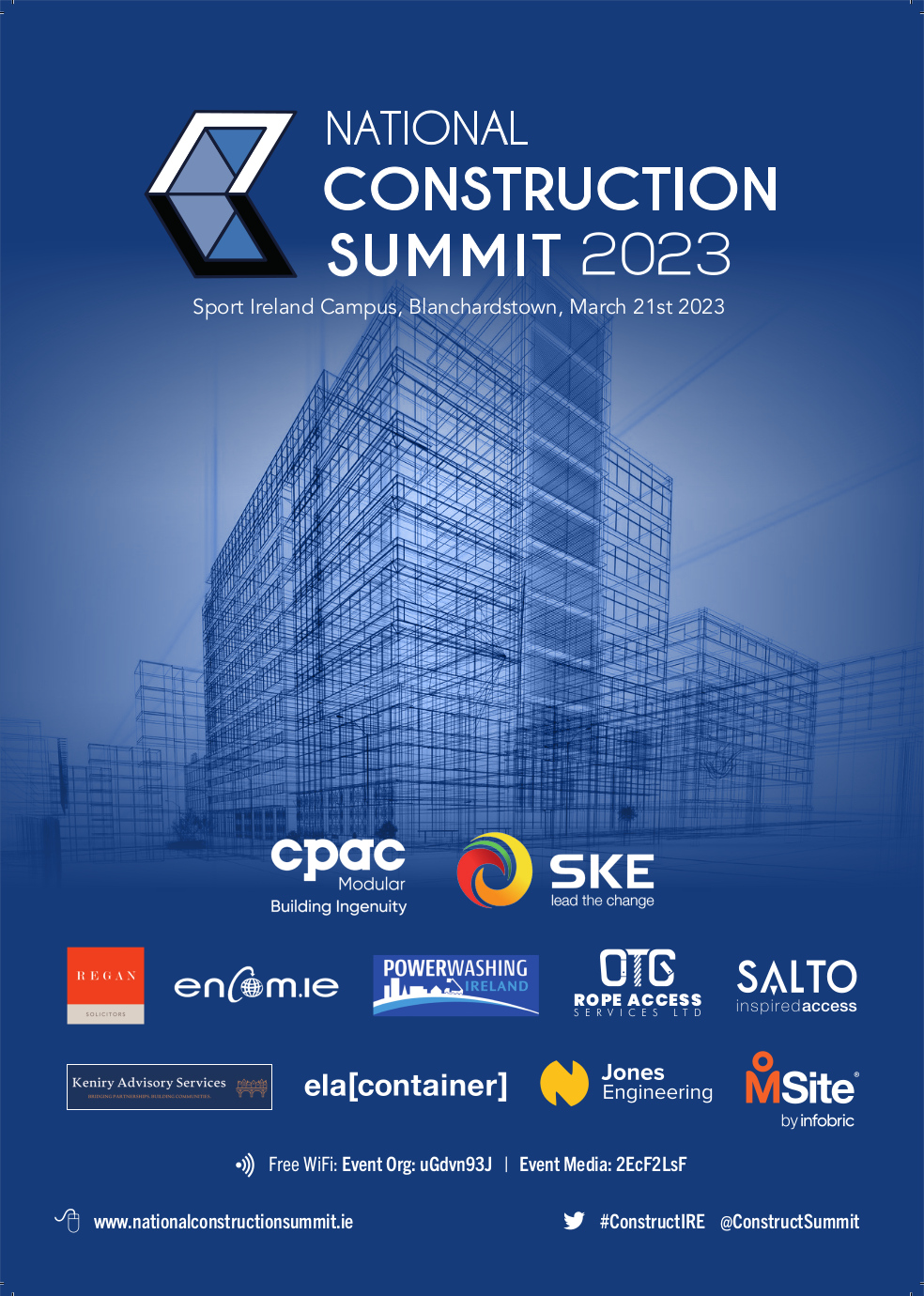NSAI Publishes Protocol to Assess Homes Suspected of Being Affected by Mica or Pyrite
The National Standards Authority of Ireland (NSAI) has published a standard protocol called I.S. 465. This protocol will be used by engineers, geologists and laboratories to assess, test and categorise the damage in properties negatively affected by defective concrete blocks, due to excessive free muscovite mica and pyrite. It will also give guidance on remedial works, on what, if any, remedial works might be carried out.
The Expert Panel on Concrete Blocks recommended this protocol be established. Previously there was no common method for engineers and geologists to confirm the cause or to assess the scale of the damage due to defective concrete blocks.
The Expert Panel on Concrete Blocks concluded that while standards existed for both the constituent materials and the manufacture of concrete blocks, the reason for the widespread pattern cracking in private dwellings was primarily due to the excessive amount of free muscovite mica or reactive pyrite in the aggregate used to manufacture the concrete blocks.
The Expert Panel estimated, based on the information in December 2016, that almost 5,200 private dwellings could be potentially affected.
“NSAI’s Concrete Block Technical Committee is made up of engineers, geologists, academics and other technical experts. I’d like to thank them for their hard work in developing this robust protocol,” said Geraldine Larkin, CEO of NSAI.
“During our public consultation period we received over 85 submissions from a wide variety of groups and individuals. I’d also like to thank all of them who contributed their knowledge, expertise and opinions to help shape this protocol,” she added.
The protocol outlines the steps to be taken by engineers and geologists when assessing and categorising the damage caused by free muscovite mica and pyrite and provides the Chartered Engineer with guidance on selection of appropriate remedial works.
The protocol describes methods for establishing the extent of the problem. The first step is for the engineer to conduct an initial visual inspection and to categorise the building.
Based on the findings, the geologist will then test samples of the concrete blocks from inside and outside the building. The first test is called simplified petrography. It examines the composition of the concrete block to find out what minerals are in it.
Depending on the levels of free muscovite mica or pyrite found to be present, further tests and chemical analysis may be carried out.
Following the completion of the testing process the geologist will assess the risk for further deterioration and this information, together with the engineer’s final report, are considered by the Engineer, when recommending the appropriate works that may be undertaken.
The protocol is only intended for dwellings presenting with damage consistent with the presence of excessive amounts of free muscovite mica or pyrite in concrete blocks, not flooring.
The protocol I.S. 465 is available to download for free online at https://www.nsai.ie/images/uploads/standards/I.S_.465-2018_Web_Download_.pdf







